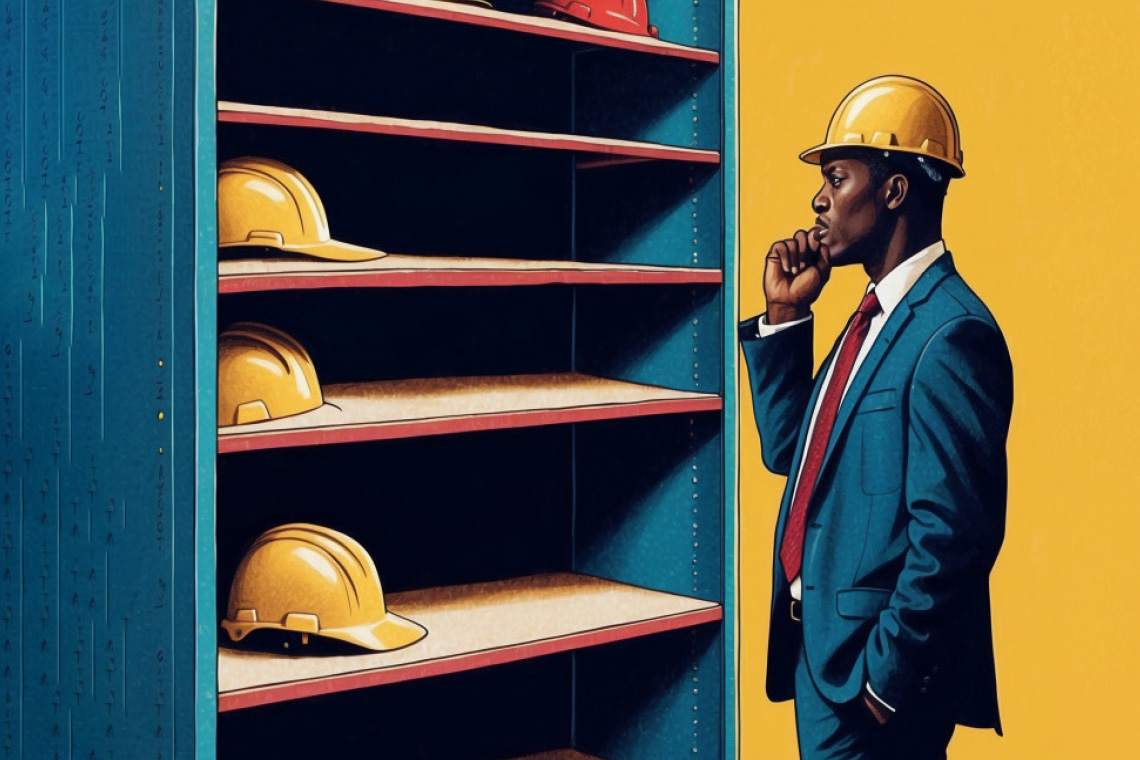Recruiting & Retention
Ensuring Compliance with Minimum Wage Laws
In today’s landscape of small and medium-sized businesses (SMBs), staying abreast of minimum wage regulations is a legal necessity. It’s not always easy to do, though, because minimum wage law in the United States is a complex tapestry woven from federal, state, and local regulations.
Here’s How to Speed Up Your Hiring Process
When you’re looking to fill a role, chances are you have a critical need for that role. Maybe this person will be the key to reaching your yearly business goals. Perhaps they’ll unlock a new process to help your team work faster and smarter.
How AI Can Enhance Hiring
The use of artificial intelligence in recruitment is no longer a “nice to have” but a necessity, and organizations that aren’t already using artificial intelligence to enhance their hiring processes might not have as much time as they think to catch up to their competitors.
Why Organizations Need Both Talent Acquisition and Recruitment
Embarking on the journey to build a stellar workforce is akin to choreographing a dance: every step matters, and each move contributes to the overall rhythm of organizational success. In this intricate dance, the terms talent acquisition and recruitment often take the spotlight, but are the nuanced steps of each truly understood?
5 Creative Strategies for Addressing a Worker Shortage
In the aftermath of COVID-19, workforce numbers haven’t rebounded as vigorously as many had hoped. In fact, there are 1.7 million fewer Americans working today than there were in February 2020.






